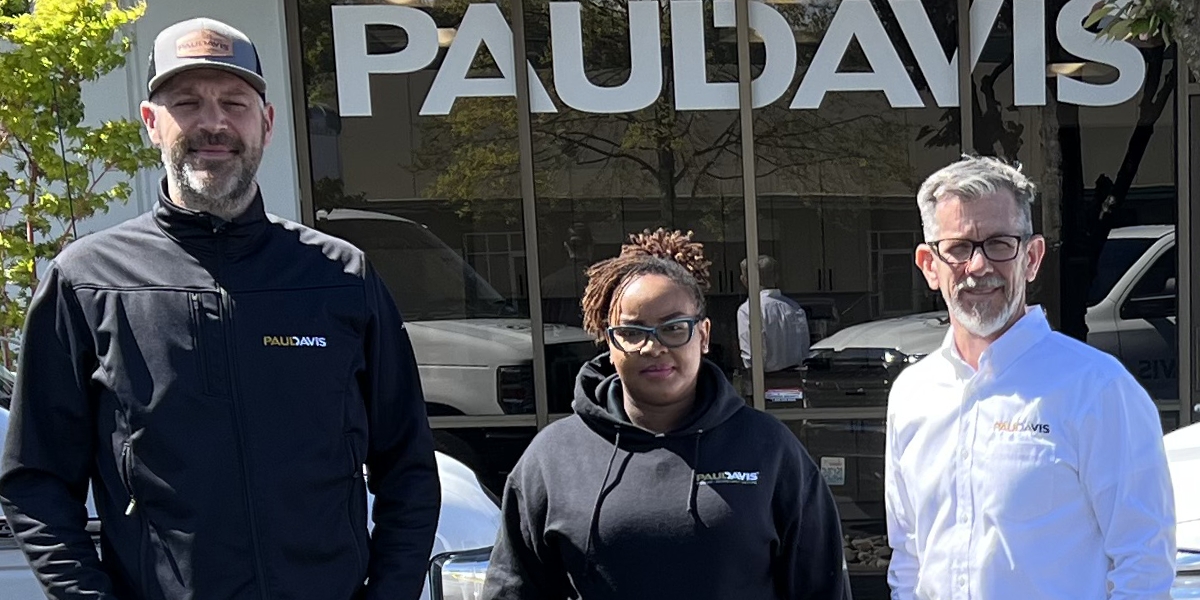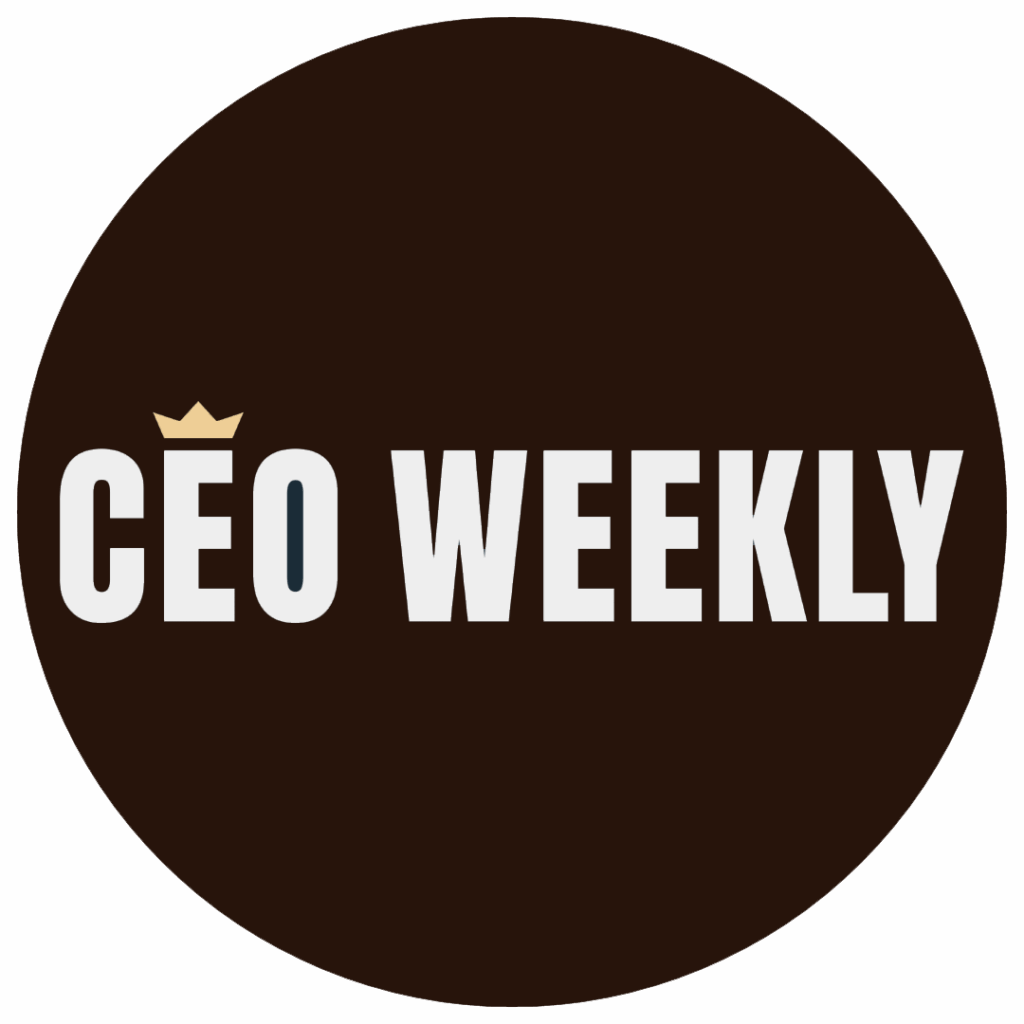In the high-stakes world of corporate leadership, titles like CEO and COO often dominate boardroom conversations and business headlines. But beyond the acronyms lies a nuanced relationship that shapes the very heartbeat of an organization. While both roles sit at the top of the executive hierarchy, their responsibilities, mindsets, and strategic lenses differ in profound ways. Understanding these distinctions isn’t just useful for business insiders—it’s essential for anyone interested in leadership, organizational dynamics, or personal branding within the professional sphere.
Whether you’re a startup founder deciding how to divide leadership duties, a professional eyeing the executive track, or simply curious about how companies operate at scale, decoding the CEO-COO dynamic offers valuable insight into how vision and execution coalesce to drive success.
CEO: The Visionary at the Helm
The Chief Executive Officer (CEO) is the company’s highest-ranking executive, often seen as the face and voice of the organization. Their primary role is to define the strategic direction, inspire stakeholders, and ensure the company’s long-term growth and relevance.
Core Responsibilities:
- Strategic Vision: CEOs chart the course for the company’s future—identifying new markets, setting ambitious goals, and steering innovation.
- Culture and Values: They shape the organizational ethos, embedding values that influence hiring, leadership style, and internal dynamics.
- External Relations: CEOs engage with investors, board members, media, and regulators, acting as the company’s ambassador.
- High-Level Decision Making: While they consult with other executives, the CEO holds final authority on major strategic decisions.
Mindset:
The CEO operates with a long-range lens. They ask, “Where are we going?” and “Why does this matter?” Their thinking is often abstract, future-oriented, and deeply tied to purpose and positioning. They’re not just managing a company—they’re crafting a legacy.

COO: The Strategist Behind the Scenes
The Chief Operating Officer (COO) is the CEO’s closest ally and the organization’s internal compass. While the CEO dreams big, the COO ensures those dreams are grounded in operational reality. They’re responsible for translating strategy into systems, processes, and performance.
Core Responsibilities:
- Operational Execution: COOs oversee the day-to-day workings of the company, ensuring departments function efficiently and goals are met.
- Strategic Implementation: They take the CEO’s vision and build the infrastructure to support it—whether that’s scaling production, refining logistics, or optimizing workflows.
- Team Leadership: COOs manage department heads, foster cross-functional collaboration, and ensure alignment across teams.
- Performance Monitoring: They track KPIs, budgets, and operational benchmarks to maintain accountability and momentum.
Mindset:
The COO is tactical and detail-oriented. They ask, “How do we get there?” and “What needs to happen next?” Their focus is on execution, coordination, and continuous improvement. If the CEO is the architect, the COO is the engineer.
The CEO-COO Partnership: A Symbiotic Dance
When the CEO and COO are aligned, the result is a powerful synergy. The CEO sets the destination, and the COO builds the roadmap. Their relationship is built on trust, complementary strengths, and a shared commitment to the company’s mission.
In many organizations, the COO acts as a stabilizing force—bringing structure to the CEO’s bold ideas. They challenge assumptions, refine strategies, and ensure that execution matches ambition. Conversely, the CEO empowers the COO by providing clarity, resources, and strategic context.
This partnership is especially vital during periods of growth, transformation, or crisis. A visionary CEO without a grounded COO may struggle to operationalize ideas. A skilled COO without a clear CEO vision may optimize processes that lack strategic relevance. Together, they balance innovation with discipline.
Why These Roles Matter—Beyond the Boardroom
Understanding the CEO-COO dynamic isn’t just about corporate structure—it’s about leadership philosophy. These roles reflect two essential dimensions of any successful endeavor: the ability to dream and the ability to deliver.
For entrepreneurs, this distinction can guide how leadership responsibilities are divided. For professionals, it can clarify career paths—whether you’re drawn to strategic vision or operational mastery. For creatives and consultants, it offers a framework for understanding how ideas become reality.
In startups, the CEO often wears both hats. But as the company scales, the need for a dedicated COO becomes clear. It’s a sign of maturity and a commitment to sustainable growth. In larger organizations, the CEO-COO relationship can determine the company’s agility, culture, and long-term viability.
Leadership in Harmony
The CEO and COO are not rivals—they’re co-pilots. Their roles are distinct but deeply intertwined. One leads with vision, the other with precision. One inspires, the other implements. Together, they create a leadership model that balances bold ambition with grounded execution.
In a world that often celebrates the lone genius, the CEO-COO dynamic reminds us that great leadership is collaborative. It’s not just about having the right ideas—it’s about having the right people to bring them to life.








